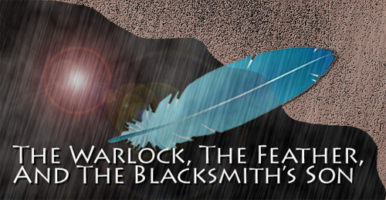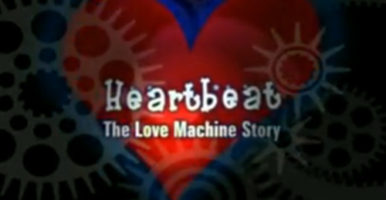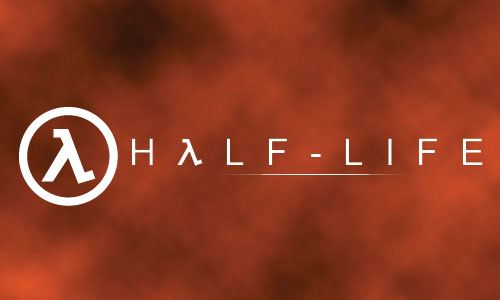
Hλlf-Life is – if you’re a gamer, exactly what you thought it was when you clicked on this link – an adaptation of VALVe software’s 1998 game of the year and its three subsequent expansion packs: Opposing Force, Blue Shift, and Decay.
Background information on the game is plentiful on the internet, but, in brief summary for the purposes of the existence of this screenplay, it won the 1998 game of the year award from nearly every credible video game news/rating organization in existence at the time – both for its gameplay and graphics, as well as its (at the time) unique atmosphere and fluid narrative that did not break away from the first-person perspective for plot-developing cutscenes – a first for its time. Half-Life has been considered one of the most influential games of the past decade and Bungie, the developers of the Halo series, have indicated the influence that the former had on their own blockbuster series.
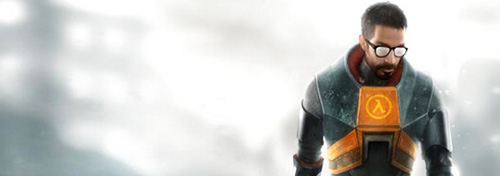
Major Hollywood studios have been attempting to create a cinematic adaptation of Half-Life for the better part of the last decade; however, VALVe has turned down every prospective screenplay presented to them because, in their words, “they all sucked”. Much debate surrounds the practice of adapting a video game into a film, and it mostly leans towards the negative side of the argument. To date, there has yet to be a film adaptation of a video game source that is unanimously hailed as both an accurate adaptation as well as an engaging film. (See: Resident Evil, Silent Hill, Max Payne, or Hitman for entertaining films that have failed to stay true to their respective source material, or Super Mario Bros. and any film made by director Uwe Boll for examples of films that were panned both by fans of the games and critics alike).
As both an avid gamer (since the days of the original Nintendo Entertainment System and the Sega Genesis), and a film-minded individual with a minor in film studies and the aspiration to obtain a masters degree in film production and/or screenwriting, I feel that my attempt to create an adaptation of Half-Life will succeed where these others have failed by both presenting an engaging film as well as remaining as true as possible to the source material from which it originated.
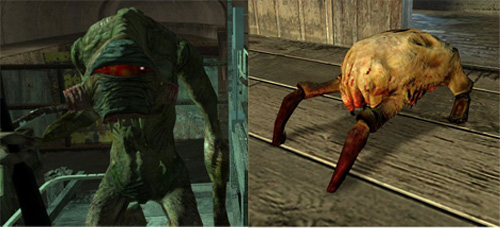
Thus throughout this endeavour I had three major goals in mind:
Firstly, I wanted to preserve as much of the game and its three expansions packs – Opposing Force, Blue Shift and Decay – as possible, as this is one of the major shortcomings of video-game-to-film adaptations: foregoing accuracy in adapting from the source material for the sake of creating a Hollywood film. However, the storyline must still be cohesive, and yet comprehensible to the regular film-going audience. As such the major undertaking of this entire ordeal was to interweave the storylines of the four games and the interactions of their respective protagonists: research scientist Gordon Freeman, marine Corporal Adrian Shephard, security guard Barney Calhoun, and Drs. Gina Cross and Collette Green. In giving each group ample face time, ensuring Freeman remained central to the entire plot – as he is the main character of both the original Half-Life and its sequel – I feel that I will accomplish what I originally set out to do.
Secondly, because each of the games is a first-person shooter, the protagonist in each game is essentially left void of any character traits or personality – save for Barney Calhoun who makes an appearance as a non-player character in the sequel Half-Life 2 and other games of the Half-Life Orange Box compilation era. Because of this, I became responsible for creating characters traits and dialogue for Freeman, Shephard, Calhoun, Cross and Green by filling in what I felt would be their desired or natural responses to the in-game dialogue directed towards them.
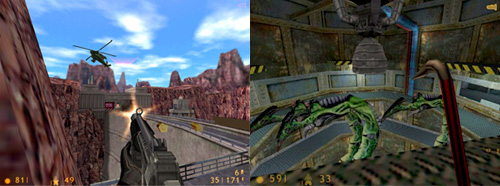
Some of this has been inferred from the potential thoughts of the player (in the role of the protagonist) with each scenario, though in scenes such as Corporal Shephard’s first attempt at leaving the Black Mesa Research Facility, the corporal’s dialogue can in part be inferred by the responses directed to him by the non-player characters with whom he interacts. The dialogue for the other major characters has been developed in similar ways.
The final goal of this screenplay was to preserve the aesthetic presented in the game series through the use of the locations directly from the game, as well as a good portion of dialogue lifted directly from the source. The voice acting of the original game is considered by some to be sub-par in comparison to that of games since – in particular through the involvement of big-name Hollywood actors now voicing game characters – and thus the dialogue used has been modified slightly in some places in order to seem more natural for the actors speaking the lines.
The existence of subsequent games in the series has also allowed for several additional pieces of information to be added into this particular screenplay: administrator Breen, for instance, never makes an appearance in the original Half-Life, and is only ever referred to as “the administrator”. It is only in the sequel that the player learns that Breen had been the puppet of the G-Man – a mysterious other-dimensional entity – from the start in order to orchestrate the resonance cascade incident at the Black Mesa Research Facility. This in turn creates the dimensional rift responsible for the course of events that take place throughout the duration of the series’ timeline.
Along with these insertions, several deviations from the established timeline will be required in the screenplay. A large portion of Adrian Shephard’s mission will have to be filtered to occur earlier in the plot – so as not to focus solely on his story for an extended period of time late in the film – as well as groomed for redundancy – as many of Shephard’s tasks are very similar to those undertaken by Gordon Freeman in the original Half-Life. The Race-X aliens that he encounters will also be cut from the final screenplay as they have played no further part in the chronology of the series since Half-Life: Opposing Force was released in 1999.

The character of Kate is absent from the games; however, she was originally created for the second-most popular fan-mod of Half-Life: a game called Azure Sheep. (The most popular mod remains Counterstrike, which became so popular that VALVe bought the rights to the mod and marketed it under its own banner). Azure Sheep was released before Blue Shift came out, though it too follows a security guard named Barney (negating a last name). I felt it necessary to add Kate to the mix in this screenplay as there was a significant lack of female characters, and her character could act as a sounding board for Barney Calhoun – merging her character with that of Lauren (Barney’s girlfriend who is only ever mentioned by the single moniker [whether surname or family name] and is never seen in game save for a photo in Barney’s locker).
The final screenplay will obviously require significant editing to get the length down to a reasonable two-hour film length, as the 13-act outline projects a potential 270 page screenplay. Considering most films operate on a one-page screenplay to one-minute screentime, nearly half of this material will need to be cut in order to make a functional movie. However, I am optimistic that with a movie such as this (being derived from such a popular source material) I might be able to work with a screenplay close to a 3-hour length, much like the Lord of the Rings and Watchmen films that precede it.
With all this in mind, I present to you a brief look into my vision of VALVe’s Half-Life.








